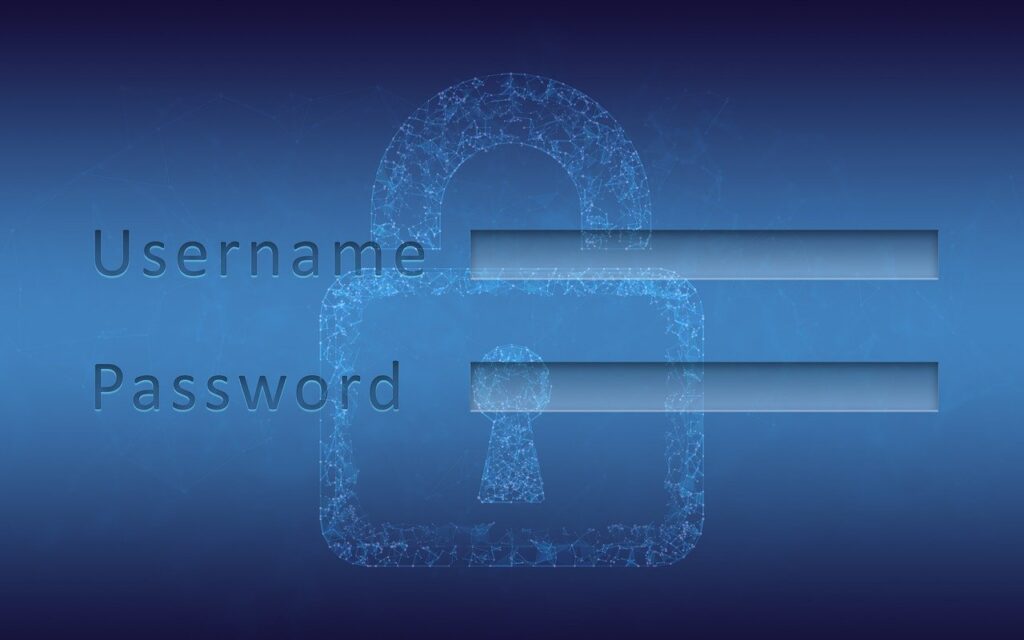In today’s digital age, protecting your business data from hackers and information leakage is of paramount importance. Cyber threats are becoming increasingly sophisticated, and businesses of all sizes should take proactive steps to safeguard sensitive information. This blog post will provide clear, specific strategies to protect your business data, with examples to specify each idea.
1. Implement Strong Password Policies
One of the simplest yet most effective ways to protect your business data is by enforcing strong password policies. Motivate employees to create complex passwords that combine letters, numbers, and special characters.
Instead of using “password123,” an employee could use “P@ssw0rd!23.” Additionally, consider implementing two-factor authentication (2FA) to add an extra layer of security.

2. Regularly Update Software and IT Systems
Keeping your software, operating systems, and applications up to date is crucial. Regular updates often include security patches that address vulnerabilities hackers might exploit.
A company that consistently updates its operating system and antivirus software significantly reduces the risk of cyberattacks, as outdated systems are prime targets for hackers.
3. Use Encryption
Encryption transforms data into a coded format that is only accessible to authorized individuals. This ensures that even if data is intercepted, it remains unreadable to unauthorized parties.
A financial firm encrypts all customer transactions and sensitive information to prevent data breaches. This means that even if hackers gain access to the data, they cannot decipher it without the encryption key.
A financial firm encrypts all customer transactions and sensitive information to prevent data breaches. This means that even if hackers gain access to the data, they cannot decipher it without the encryption key.
4. Conduct Regular Security Audits
Regular security audits help identify potential vulnerabilities in your systems and processes. These audits can be conducted internally or by hiring a third-party security expert.
It’s recommended that an ecommerce business conducts quarterly security audits to assess the strength of its defenses. This proactive approach helps the company identify and address weaknesses before they can be exploited.
5. Educate Employees on Cybersecurity
Employee training is essential for maintaining a secure business environment. Educate your staff about common cyber threats, such as phishing attacks, and provide guidelines on responding to suspicious activities.
A company should implement a mandatory cybersecurity training program for all employees, teaching them to recognize phishing emails and avoid clicking on suspicious links.

6. Limit Access to Sensitive Data
Not all employees need access to all data. Implement role-based access control (RBAC) to ensure that only authorized personnel can access sensitive information. A company can implement RBAC to restrict access to their employees. Only the staff with the appropriate permissions can view or modify this data, reducing the risk of unauthorized access.
7. Backup Data Regularly
Regular data backups are crucial for recovering from data breaches, ransomware attacks, or other data loss incidents. Make sure backups are kept securely and are tested regularly. Companies like Softsys Hosting offer a robust backup option to protect the information.
If companies backup its files and client information daily to an encrypted, off-site server. This ensures that in the event of a cyberattack, the company can quickly restore critical data and continue operations.
8. Implement Network Security Measures
Use firewalls, intrusion detection systems (IDS), and virtual private networks (VPNs) to protect your network from unauthorized access and monitor for suspicious activity.
A tech startup uses a combination of firewalls and IDS to monitor network traffic and block unauthorized access attempts. Additionally, employees can use VPNs to securely connect to the company network when working remotely or inside.
9. Develop an Incident Response Plan
An incident response plan outlines the steps to take in the event of a data breach or cyberattack. This plan should outline specific roles and responsibilities, communication strategies, and recovery steps.
A company facing an issue should develop a plan of response that includes notifying affected customers, working with cybersecurity experts to contain the breach, and implementing measures to prevent future incidents.
10. Monitor Third-Party Vendors
Third-party vendors can introduce security risks if their systems are compromised. Ensure that vendors follow strict security protocols and regularly review their security practices.
Example: A manufacturing company requires its third-party vendors to comply with industry security standards and conducts periodic audits to verify their compliance.
Conclusion
Protecting your business data from hackers and information leakage is an ongoing process that requires vigilance and proactive measures. By implementing strong password policies, regularly updating software, using encryption, conducting security audits, educating employees, limiting access to sensitive data, backing up data, implementing network security measures, developing an incident response plan, and monitoring third-party vendors, you can significantly reduce the risk of cyber threats. Taking these steps will help safeguard your business, protect customer trust, and ensure long-term success in an increasingly digital world.